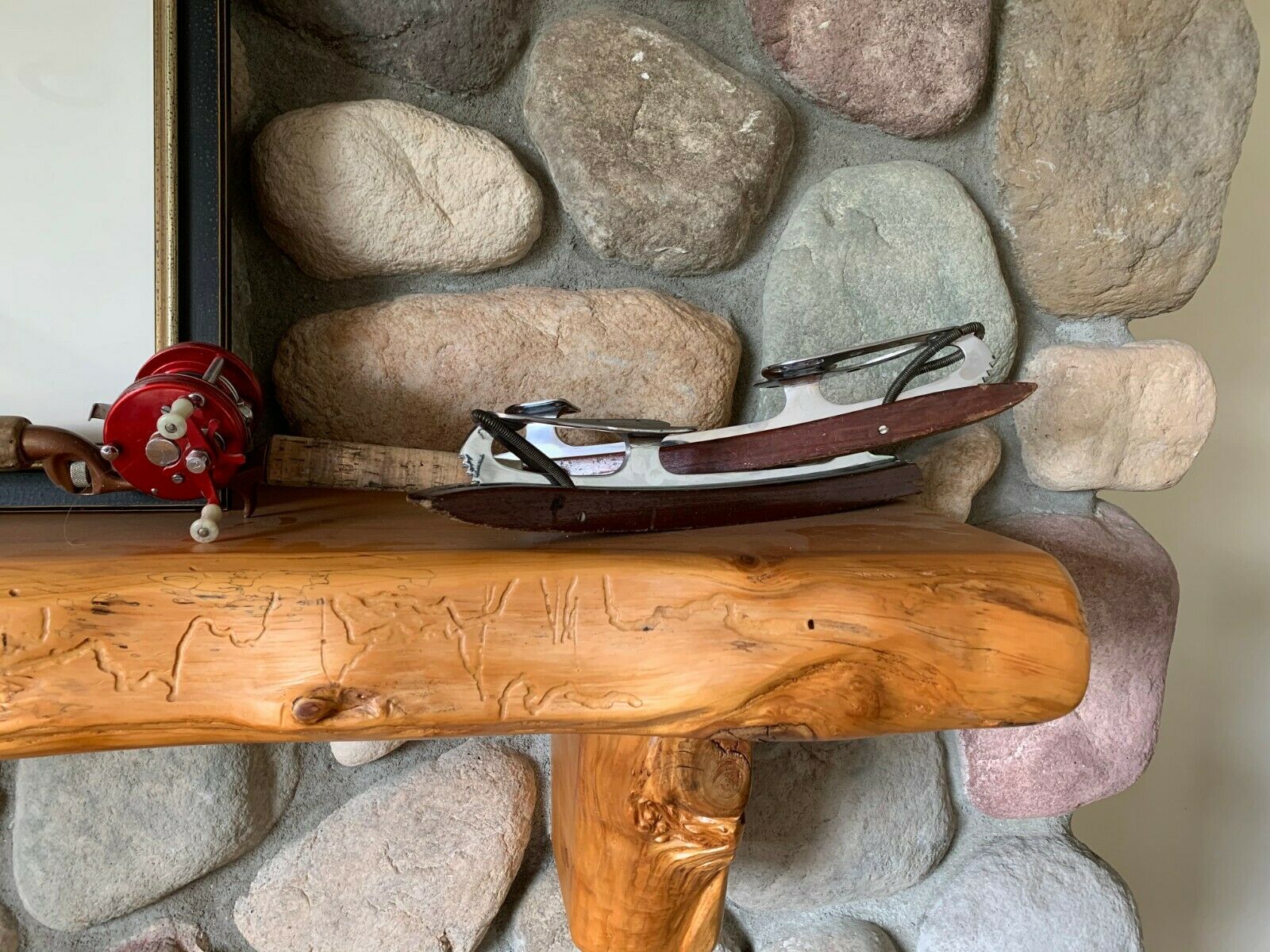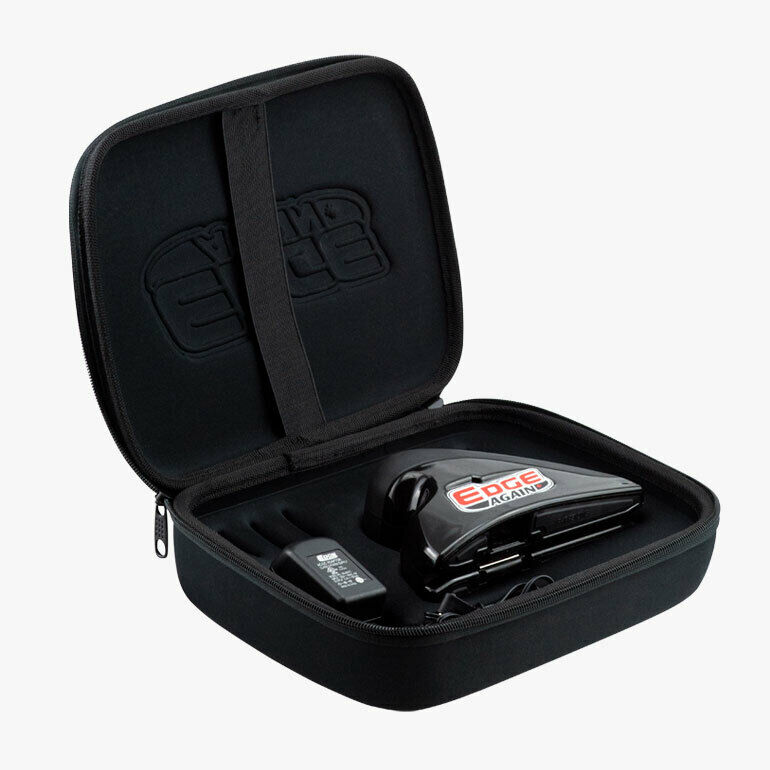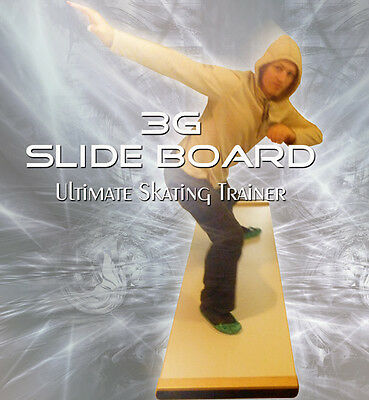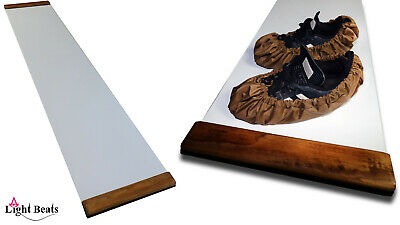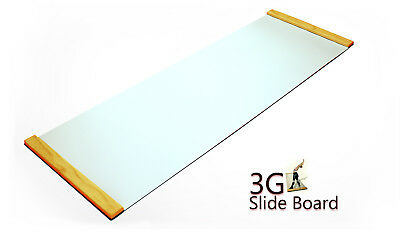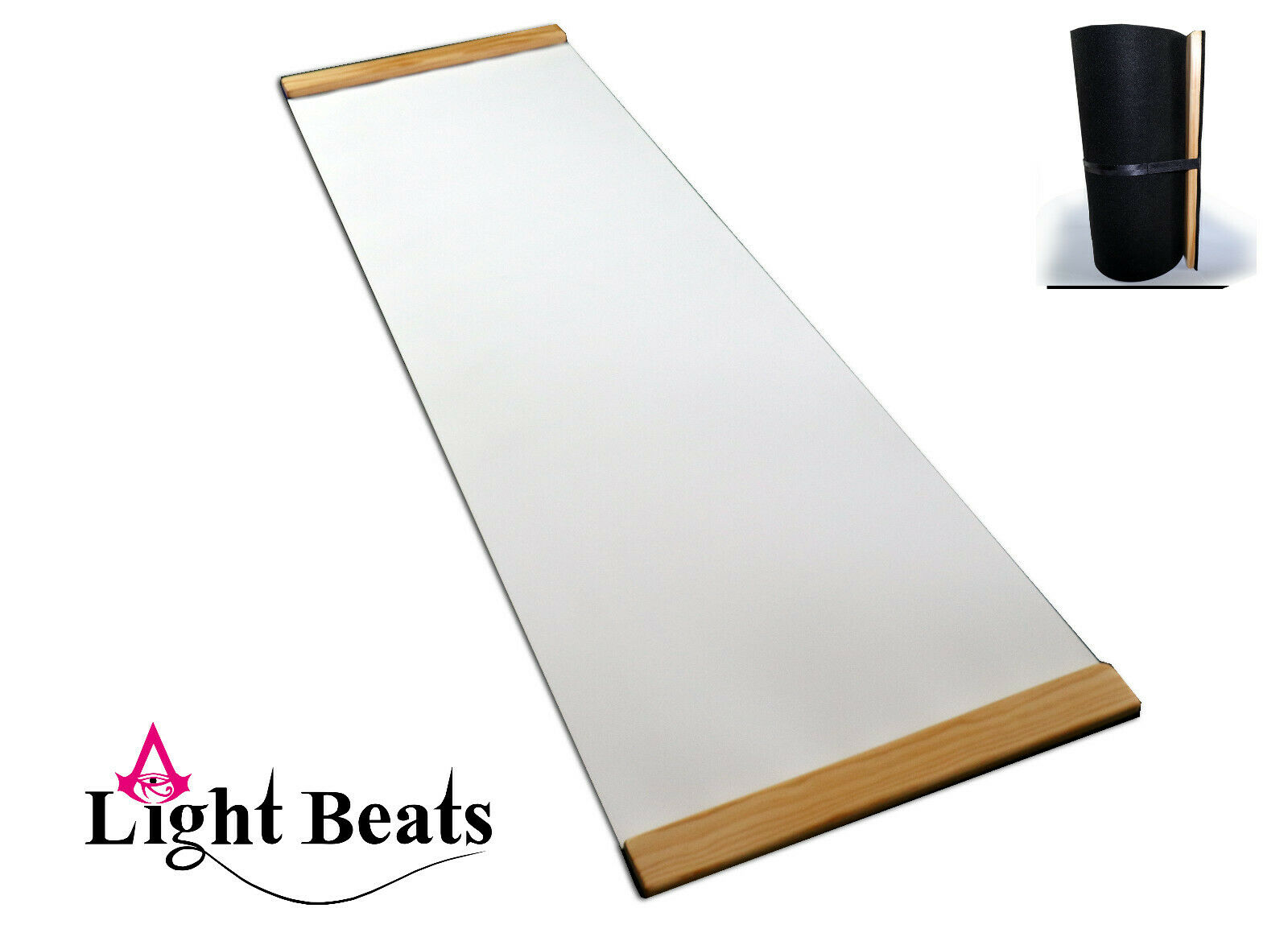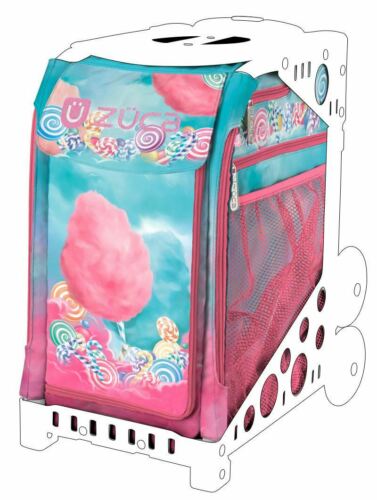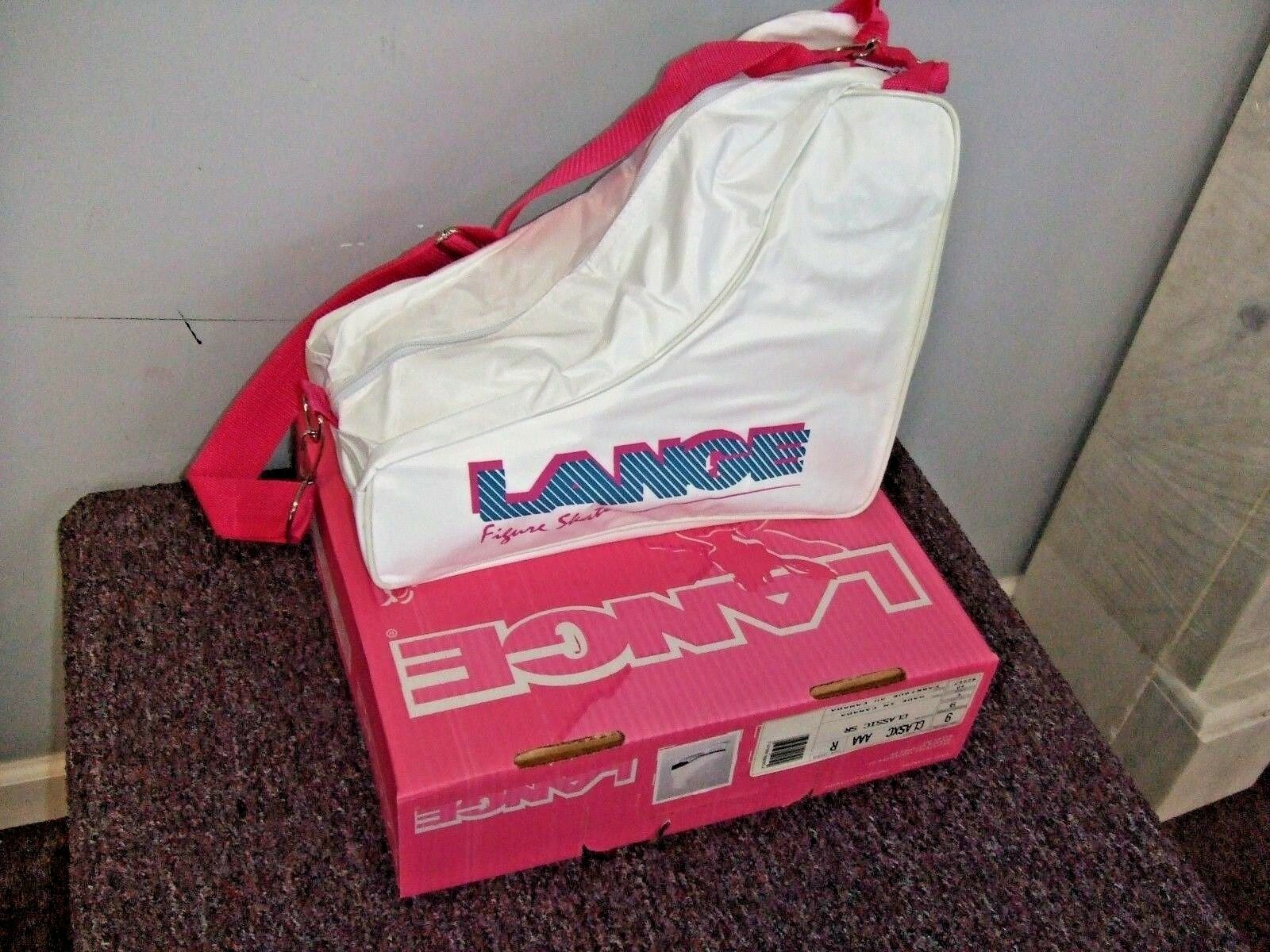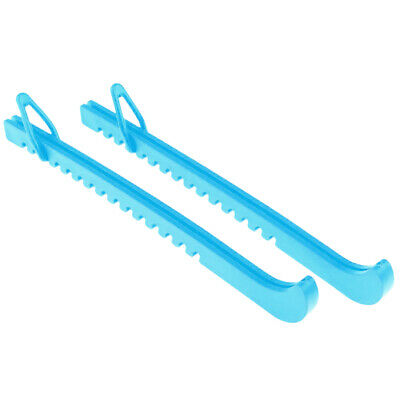-40%
COLLECTIBLE & RARE! VINTAGE Hand Made Strauss Figure Skating Blades St. Paul MN
$ 52.77
- Description
- Size Guide
Description
EXCELLENT CONDITION!!Own a piece of figure skating history!!!
You will have to search far and wide to find a set of these. They are extremely rare and hard to find, especially in this condition!
You can own a piece of USA Figure skating history as these
were handmade in a little shop in St. Paul, MN by John Strauss after the turn of the century.
For those who are figure skating aficionados or students of the sport, up for sale are an original mint condition pair of Strauss Figure Skating blades.
Strauss History:
Strauss Ice Skates were made by hand at Strauss Skate Shop in St. Paul, Minnesota for almost 100 years. They were popular with professional and amateur skaters in the United States and other countries because of their consistent high quality, which was achieved through a secret hardening process.
John Strauss Sr. immigrated to the United States from Germany in 1881 at the urging of his brother Emil, who had a locksmith shop in Chicago. John, also trained as a locksmith, spent a few months in Chicago before moving to St. Paul to set up his own locksmith shop. Locksmithing did not fill his time, so by 1885, he started a side business in bicycle repair. Many of his customers were bicycle racers who skated in the winter to stay in shape. They encouraged Strauss to use his metalworking skills to make skate blades, since the skates available at the time were heavy and unreliable.
Strauss made his first pair of figure skates in 1888 for local athlete Harley Davidson. His first pair of racing skates followed in 1889, ordered by Axel Paulsen, inventor of the "axel" skating jump. Strauss added hockey skates some years after that.
Strauss skates were unique because of how they were made. Each blade was hand-cut from a sheet of custom high-carbon steel, first imported from England and later brought in from Reading, Pennsylvania. Then the blades were put through a secret hardening process involving heat that Strauss had learned while working in an arsenal in Naples, Italy. He shared the process with no one but his family. This process made Strauss skates unusually flexible for their hardness, something that was very desirable to serious skaters. Hardened blades were tempered and polished, then nickel- and chrome-plated. Finally, they were attached to skate boots. Most customers supplied their own boots, but the Strauss shop also had them available.
As the quality of Strauss's ice skates became known, his skate business grew. Eventually, it superseded his locksmithing and bicycle repair businesses. An average of two pairs of skates were made each day throughout the production run of the company. Strauss Skate Shop did very little advertising, since most of its business came through word of mouth and direct mail order, with internationally known skaters such as Sonja Henie as customers. The shop also was well known for skate sharpening, with customers from as far away as England sending pairs in to be sharpened.
John Strauss Sr. made the skates and ran the shop with help from his family and often one additional employee. His son, John Jr., began an informal apprenticeship in the shop beginning at age twelve, first sweeping floors, then sharpening skates, and finally learning to make the skates themselves. He began working in the shop full time after graduating from high school and bought his father out in 1941 when old age made it impossible for John Sr. to work any longer.
Strauss Skate Shop closed from 1942 to 1945 while John Jr. fought in World War II but reopened when he returned. John Sr. died in 1946 and John Jr. continued in the business until 1983, when he retired. Along the way John Jr. diversified back into bicycles and started selling hockey and figure skating equipment in addition to skates to keep the business afloat. In 1980, John Jr. made his last pair of skates by hand using the technique his father had developed.
Other figure skating items you could place next to on mantle be Riedell Edea Jackson Ultima Eclipse Blades SP-Teri Goldstar John Wilson Blades Paramount Blades ISE Blades Risport Lake Placid MK Blades CCM Bauer USFSA Olympics Gracie Gold Brian Boitano Nthan Chen Jason Brown Hockey Dorothy Hamill
